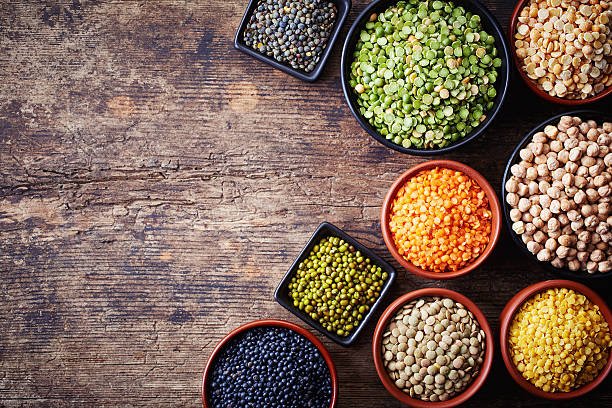By Rogers Aghan, February 10, 2023, The Food and Agriculture Organization has continued to uphold the phenomenal World Pulses Day acknowledged every February 10. The significance of this day could be attributed to a need for more sustainable global food security.
In an attempt to spread awareness about the environment as well as the nutritional value of pulses as part of sustainable food production, the day is considered a leeway to enhance food security.
The “pulses for a sustainable future” theme stands as a well-thought idea for this year’s celebration of the day.
According to the United Nations, this year’s World Pulses Day celebration will focus on the essence of growing legumes (pulses) through enhancing soil productivity and improving farming systems.
Additionally, pulses improve the life of farmers in water-deprived regions considering that they have a relatively low water footprint thus withstanding drought and climate-related concerns.
On December 20, 2013, the United Nations adopted a resolution (A/RES/8/231) slating 2016 as the international year of pulses (IYP).
According to the organization, this celebration was initiated by the Food and Agricultural Organization. The success of the 2016 International year of Pulses revealed the crops’ potential concerning the 2030 Agenda for Sustainable Development with focused, relevance geared toward specific Sustainable Development Goals.
In retrospect, Burkina Faso suggested the observance of World Pulses Day. The United Nations General Assembly adopted February 10 as World Pulses Day in 2019.
Facts about Legumes
- Intercropping with legumes enhances farm biodiversity. It also builds a more diverse landscape for insects and animals.
- Pulses have nitrogen-fixing properties that improve the fertility of soil thus improving and extending farmland performance.
- Pulses (Legumes are extensively water efficient.







